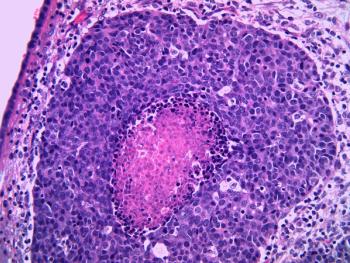
PBM Reports Limiting Commercial Drug Spending Increases to Less Than 1%
Prime Therapeutics reduced Medicare spending on pain drugs by 12% in the first half of 2017.
Prime Therapeutics recently issued its mid-year drug trend report that indicates the pharmacy benefit manager (PBM) has curbed drug spending for its privately and publically insured clients, according to a press release.
In the first half of 2017, Prime kept commercial spending increases to less than 1%, while also producing a negative trend for Medicare and Medicaid, according to the release.
Specifically, there was only a 0.8% increase in commercial drug spending compared with the first half of 2016. Prime reports that the small growth in spending was the result of negotiated savings and other tools, such as the PBM’s formulary and their
Additionally, Medicare spending was down by 0.1% in the first half of the year, which is also attributable to preferred networks, according to the release.
Notably, Medicaid spending was down by nearly 2%. The use of PBM tools, collaboration on population management, and negotiated savings reduced Part D spending by 1.8%, according to Prime.
“Prime is building on our industry-leading 2016 trend with outstanding results in the first half of 2017,” said Jim DuCharme, president and CEO of Prime. “In partnership with our clients, we achieved these results amid powerful upward forces on drug costs, including continued price increases for highly expensive, brand-name medications that treat serious conditions. Despite these pressures, Prime is delivering significant savings for our clients as we work together to help people get the medicine they need to live better and feel well.”
Prime uses a number of tools to generate savings for their clients, including formulary strategy; utilization management; prevention of fraud, waste, and abuse; and negotiated savings from discounts, rebates, and generic pricing, according to the release.
In the first half of the year, Prime said that commercial clients using the NetResults formulary had 8% lower spending than clients not using the formulary, saving an average of $10 to $14 per member per month, according to the PBM.
Across commercial, Medicare, and Medicaid plans, utilization management was estimated to save more than $1 billion. Negotiated savings also resulted in savings that totaled more than $1 billion.
Prime’s GuideHealth program, which points out gaps in care and medication adherence, saved nearly $200 million across their clients, according to the release.
Prime also achieved a significant negative trend in the pain category, with spending dropped by 14% in commercial, 12% in Medicare, and 8% in Medicaid. This highlights the PBM’s efforts to manage controlled substances, especially among members at high-risk of misuse, which does not include patients with cancer, according to the release.
“While these trend results are extremely encouraging, it doesn’t change the fact that we continue to see severe drug pricing challenges in the United States,” said David Lassen, chief clinical officer at Prime. “PBMs offer an important counterbalance to these significant and ongoing pressures. Without our diligence on numerous fronts, this picture would certainly be far worse.”
Newsletter
Stay informed on drug updates, treatment guidelines, and pharmacy practice trends—subscribe to Pharmacy Times for weekly clinical insights.

















































































































































































































